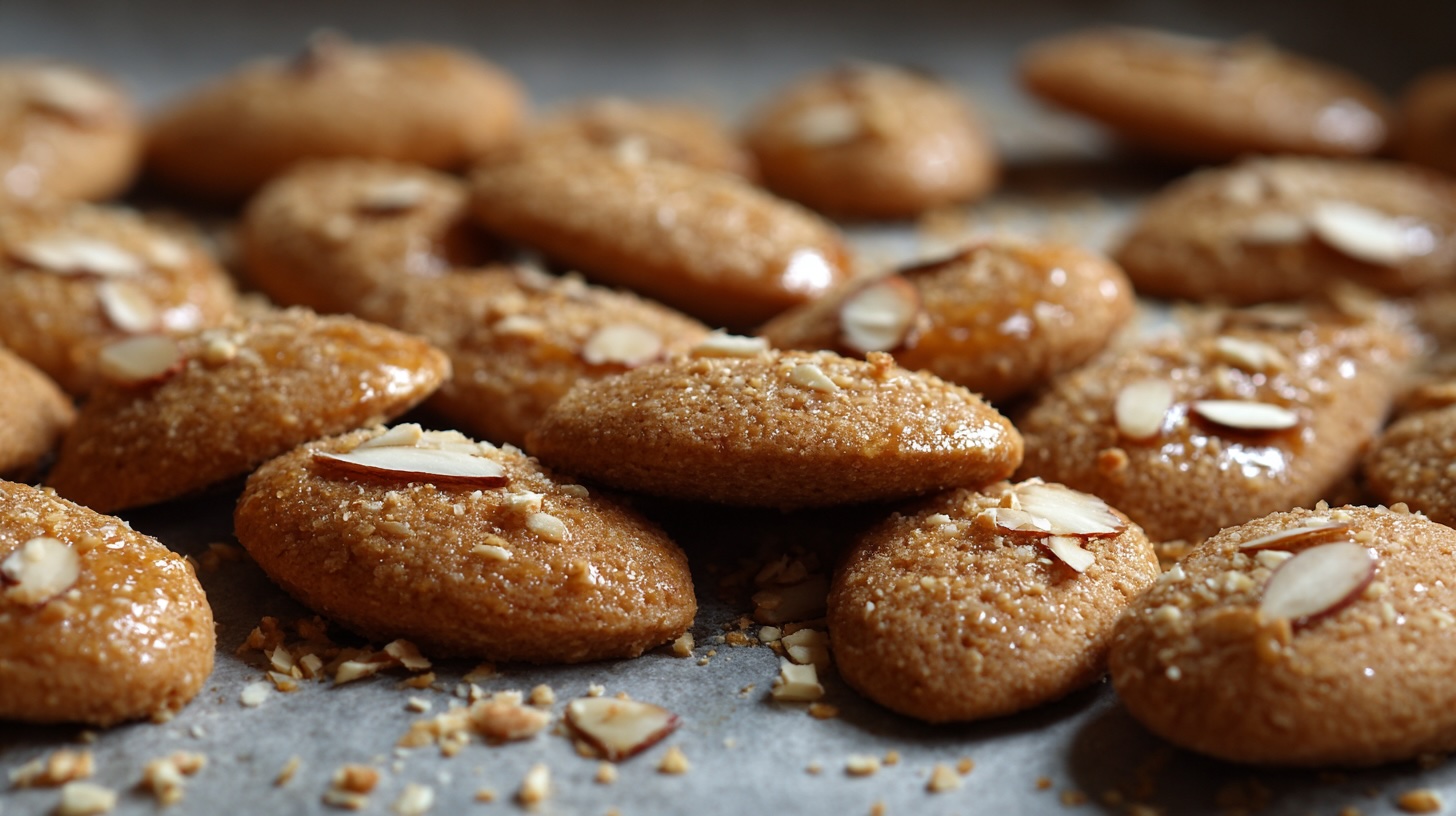Cozonac Confidential: Secrets of Romania’s Favourite Festive Bread
Cozonac is more than just a sweet bread—it’s a slice of Eastern European tradition, kneaded with nostalgia and baked with love. If you’ve ever set foot in a Romanian or Bulgarian household around Christmas or Easter, you’ve probably been greeted by the intoxicating aroma of vanilla, citrus zest, and caramelising sugar wafting from a freshly baked loaf. This golden, pillowy delight is the heart and soul of festive tables, passed down through generations like a culinary heirloom.
The history of Cozonac is as rich as its buttery, egg-laden dough. Its origins stretch back centuries, likely influenced by Ottoman and Central European baking traditions. The first written references date back to the 16th century, but it’s safe to assume that versions of this sweet bread have been enjoyed long before that. It shares some DNA with Italian panettone, French brioche, and even German Stollen, yet its distinct flavours and fillings make it uniquely Balkan.
There isn’t just one Cozonac—there are as many variations as there are grandmothers who bake them. The classic version features a fluffy, slightly sweet dough, enriched with milk, butter, eggs, and sugar, then rolled with a filling of walnuts, cocoa, sugar, and sometimes rum-soaked raisins. Some versions swap walnuts for poppy seeds, Turkish delight, or even coconut. In Bulgaria, Kozunak leans towards a simpler, slightly drier texture, often topped with sugar or almonds. Meanwhile, some regions in Romania prefer a richer, denser version, occasionally braided for extra visual flair. In Moldova, it might even take on a more cylindrical shape.
What makes Cozonac special? Perhaps it’s the labour of love that goes into making it. This is not a throw-together-in-an-hour kind of bake. The dough requires patience, a warm room, and a gentle hand to knead it into submission. It rises—twice, sometimes thrice—until it becomes impossibly soft and airy. The act of making Cozonac is almost ceremonial, often a family affair where multiple generations gather in the kitchen to mix, roll, and fill, all while sharing stories and sipping on something warm.
Speaking of drinks, Cozonac pairs beautifully with a range of beverages. A strong, black coffee in the morning? Perfect. A glass of dessert wine or mulled wine after dinner? Divine. If you’re feeling truly indulgent, a dollop of mascarpone and a drizzle of honey on a slice makes for a next-level treat.
Cozonac doesn’t like to be lonely, and it enjoys the company of complementary foods. A cheese platter with soft, tangy cheeses like brie or goat cheese balances out the sweetness. A handful of fresh berries adds brightness. And if you want to go full Balkan, a shot of homemade cherry liqueur (vișinată) or plum brandy (țuică) wouldn’t go amiss.
It may not be health food, but Cozonac does have some redeeming qualities. The eggs and milk provide a dose of protein and calcium, while the nuts in the filling bring a bit of healthy fat and fibre to the party. Of course, with all that sugar and butter, moderation is key—but let’s be honest, resisting that second slice is near impossible.
Where to find Cozonac? If you’re lucky enough to be in Romania or Bulgaria during the holidays, you’ll find it in every bakery and supermarket, often stacked high in window displays. Eastern European delis and speciality food shops worldwide also stock it, especially around Christmas and Easter. But the best Cozonac is always homemade.
And if you’re up for the challenge, here’s how to make your own.
Cozonac Recipe
Ingredients:
- 500g plain flour
- 200ml warm milk
- 100g sugar
- 100g butter, melted
- 3 eggs
- 7g dry yeast
- 1 tsp vanilla extract
- Zest of 1 lemon
- A pinch of salt
For the filling:
- 150g ground walnuts
- 50g sugar
- 2 tbsp cocoa powder
- 1 tbsp rum (optional)
- 1 egg white (for binding)
For topping:
- 1 egg yolk (for glazing)
- A sprinkle of sugar
Instructions:
- Dissolve the yeast in warm milk with a teaspoon of sugar and let it sit for 10 minutes until foamy.
- In a large bowl, mix the flour, sugar, salt, lemon zest, and vanilla.
- Make a well in the centre and add the eggs, melted butter, and yeast mixture. Knead until the dough is smooth and elastic, about 10–15 minutes.
- Cover and let it rise in a warm place for 1.5–2 hours until doubled in size.
- Meanwhile, prepare the filling by mixing walnuts, sugar, cocoa, rum, and egg white into a paste.
- Roll out the dough into a rectangle, spread the filling evenly, then roll it up tightly like a Swiss roll.
- Place in a greased loaf tin, cover, and let it rise again for 30–45 minutes.
- Preheat the oven to 180°C. Brush the loaf with beaten egg yolk and sprinkle with sugar.
- Bake for 35–40 minutes until golden brown and cooked through.
- Let cool before slicing (if you can wait that long).
Once you take that first bite—fluffy, sweet, nutty—you’ll understand why Cozonac is more than just a dessert. It’s a tradition, a labour of love, and the taste of home.




1 comment